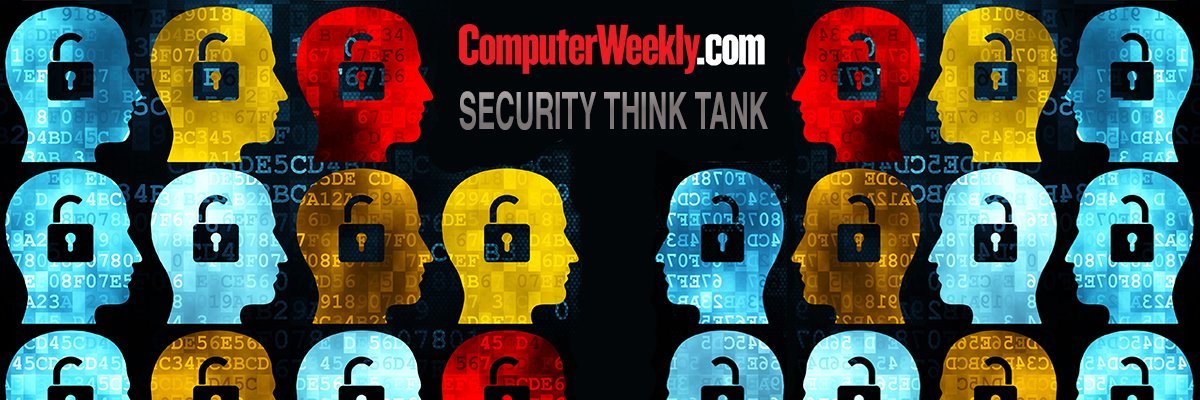Will DeepSeek compel us to prioritize application security?

Introduction to DeepSeek: A Tech Phenomenon
DeepSeek, a Chinese-developed chatbot, made a remarkable entry into the tech landscape in January 2025. Garnering a staggering 10 million downloads shortly after its launch, it has raised significant discussions about its implications in both the tech and security arenas. This widespread use prompts us to reflect on the motivations behind it: Are people genuinely interested in its capabilities, or are they merely curious about a novel technology they do not fully understand? Furthermore, is there a risk that this surge in usage is subtly introducing Chinese coding into corporate networks?
The Initial Response to DeepSeek
High Performance at Low Cost
One of the main reasons for the initial uproar surrounding DeepSeek is its impressive performance relative to its cost. The software offers advanced skills in mathematics, coding, and logical reasoning, rivaling the capabilities of top-tier models like ChatGPT. Remarkably, it does this at a fraction of the usual cost and requires fewer resources, which has both intrigued and alarmed users and industry experts alike.
Cybersecurity Concerns
Concerns about cybersecurity have been a primary focus for Chief Information Security Officers (CISOs). As organizations consider integrating software like DeepSeek, there lies a fundamental need for caution. Traditional cybersecurity principles still apply: increasing awareness, educating staff, and implementing basic security strategies are critical steps. However, the widespread availability of Chinese technology in various sectors, including government and vital infrastructure, raises a challenging question: were we already facing risks before this latest technology emerged?
Analyzing the Unique Risks of DeepSeek
Distinguishing DeepSeek from Other Technologies
While the media has highlighted the potential dangers of DeepSeek, it is essential to evaluate whether these concerns are genuinely unique or simply reiterate existing issues with technology from various nations. For years, businesses have incorporated technology from different countries, including Russia, without adequately assessing the long-term impacts. This ongoing integration now prompts a reassessment: Was this practice wise?
The Need for Proactive Measures
An immediate and reactive response to security threats can be tempting yet insufficient, given the interconnectedness of today’s business environments. Security leaders must balance vigilance with ongoing preparedness to ensure that protective measures are not just reactionary. Risk assessments, network segmentation, thorough vendor due diligence, and controlled access must form part of a proactive strategy rather than a last-minute checklist when new technology is introduced.
A Lesson from History
Reflecting on past cybersecurity incidents offers valuable insights. For instance, during the Obama administration, a federal phone system was compromised due to a lack of proper vetting, with officials believing they had purchased a fully American-made product. It was later revealed that the system contained components sourced from China. This incident underscores the importance of rigorous due diligence, which, albeit more expensive upfront, can prevent significant costs and risks in the future.
Investing in Security for the Future
For organizations that prioritize security, the investment must extend beyond technology and tools. Continuous education and training play crucial roles in building a knowledgeable workforce that can navigate the complexities of cybersecurity. The ongoing question is not merely whether DeepSeek presents a risk but rather if we are prepared to take the necessary steps to maintain robust security measures.
As we consider integrating new technologies, both businesses and individuals must remain vigilant and informed to effectively manage potential risks.





